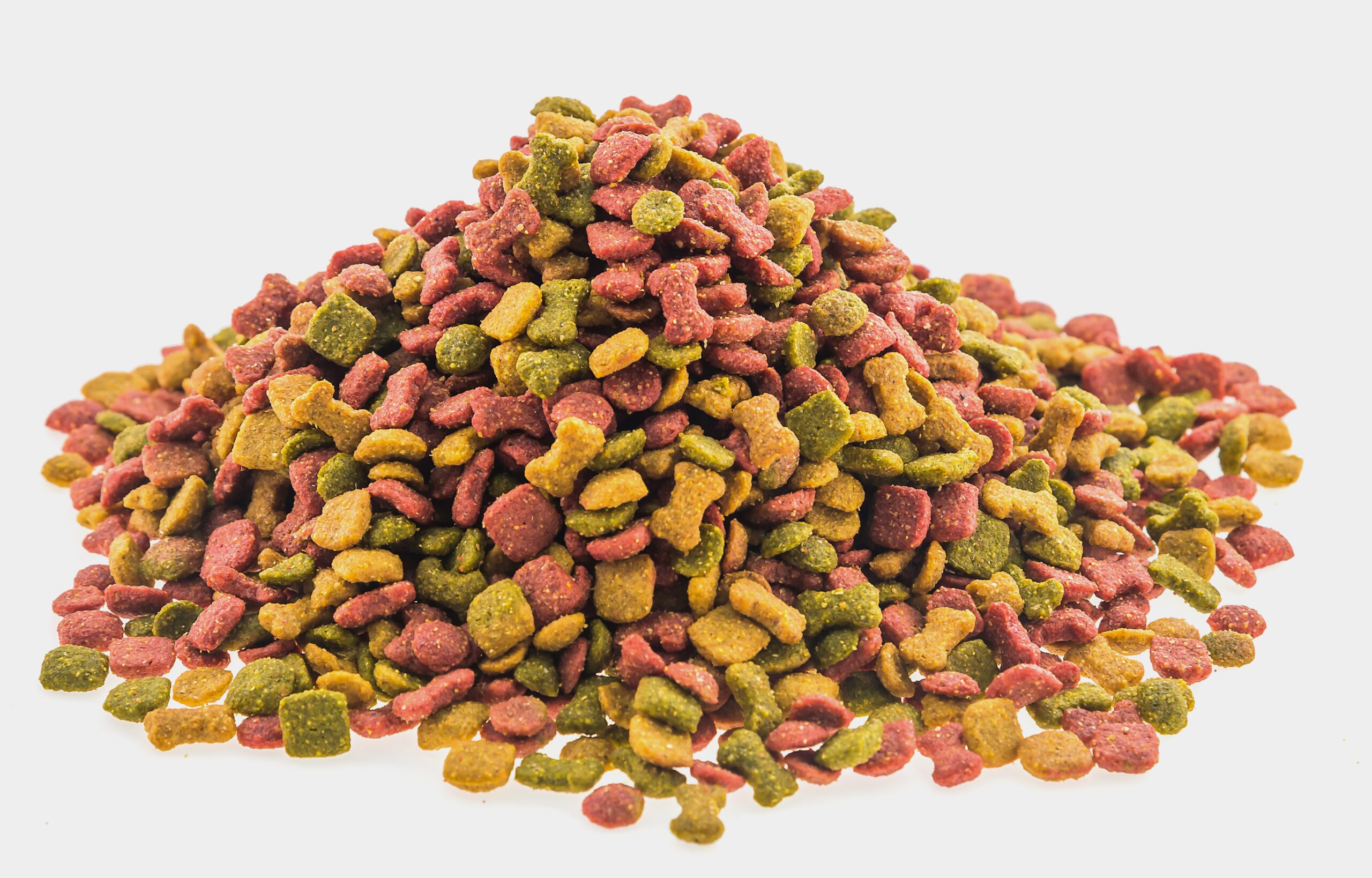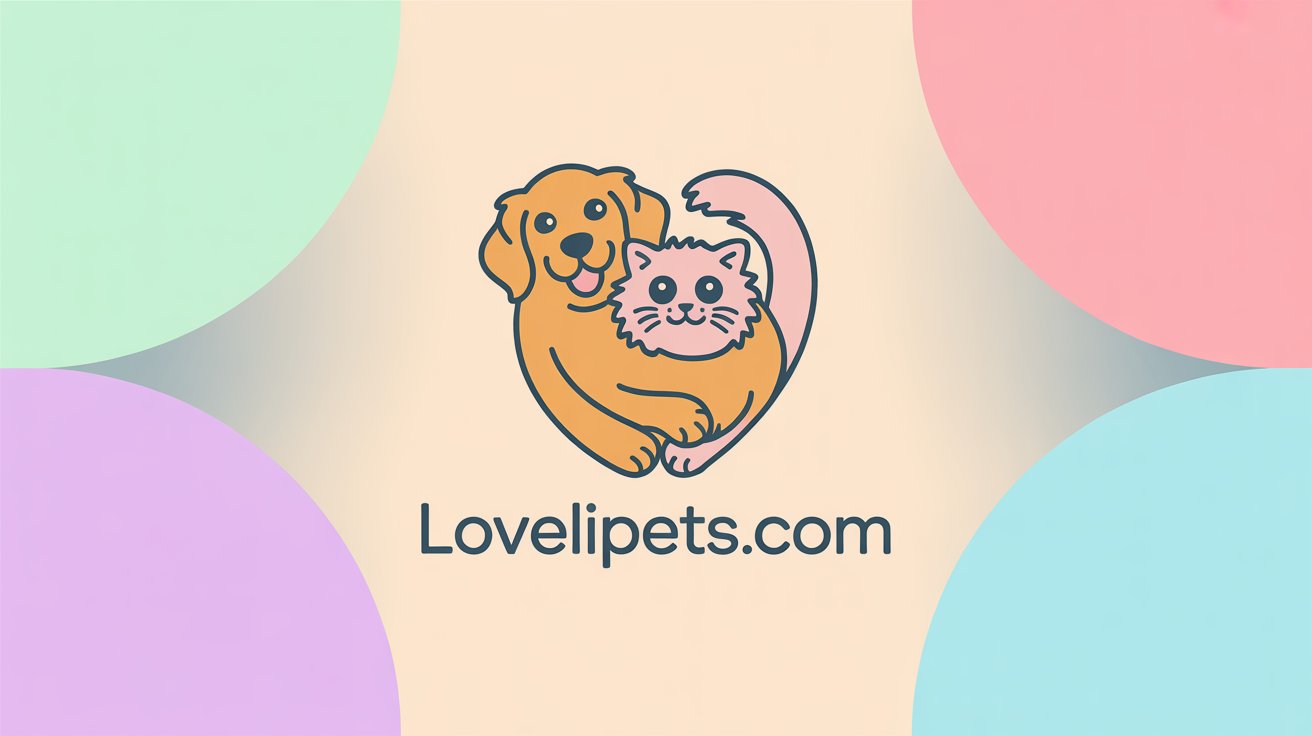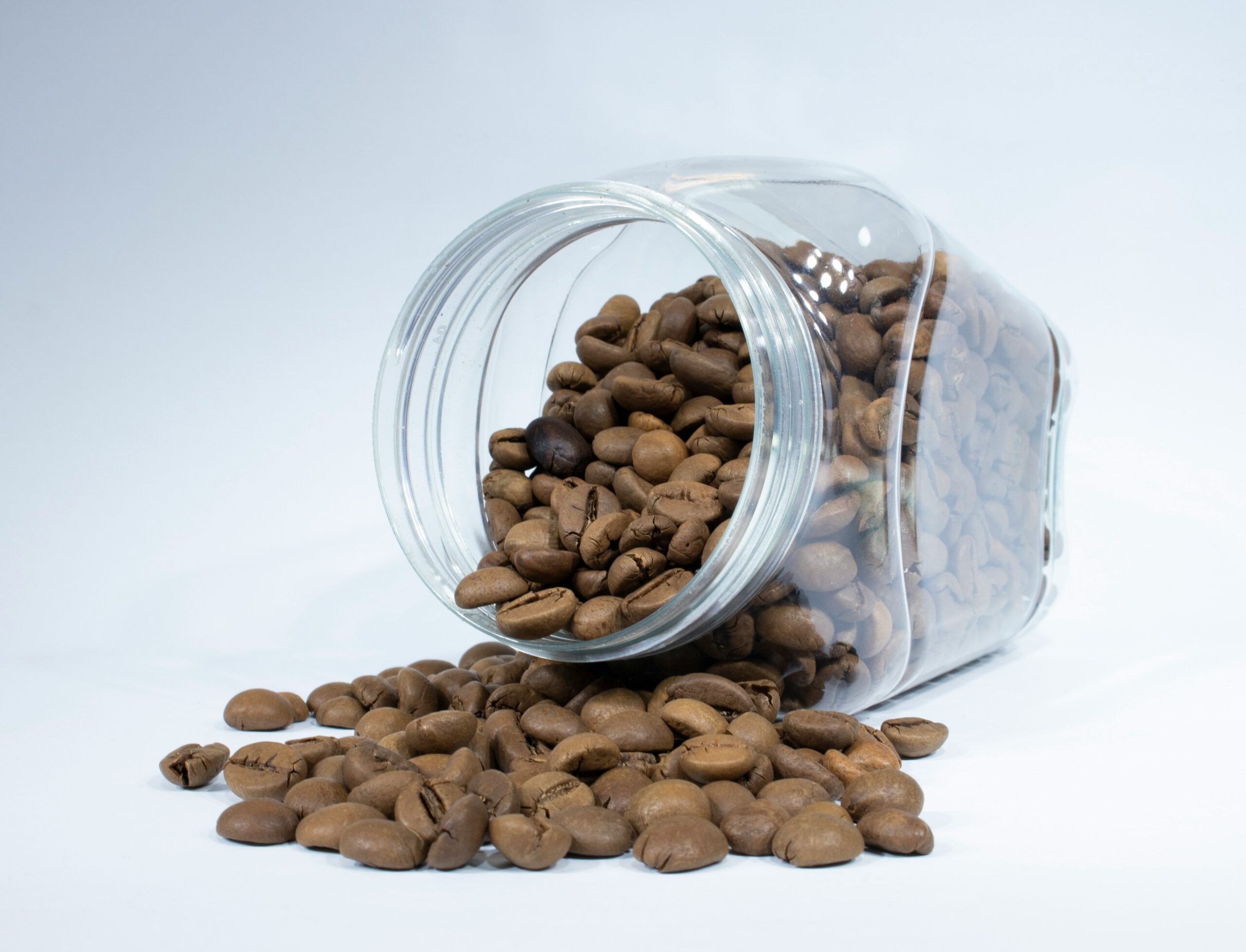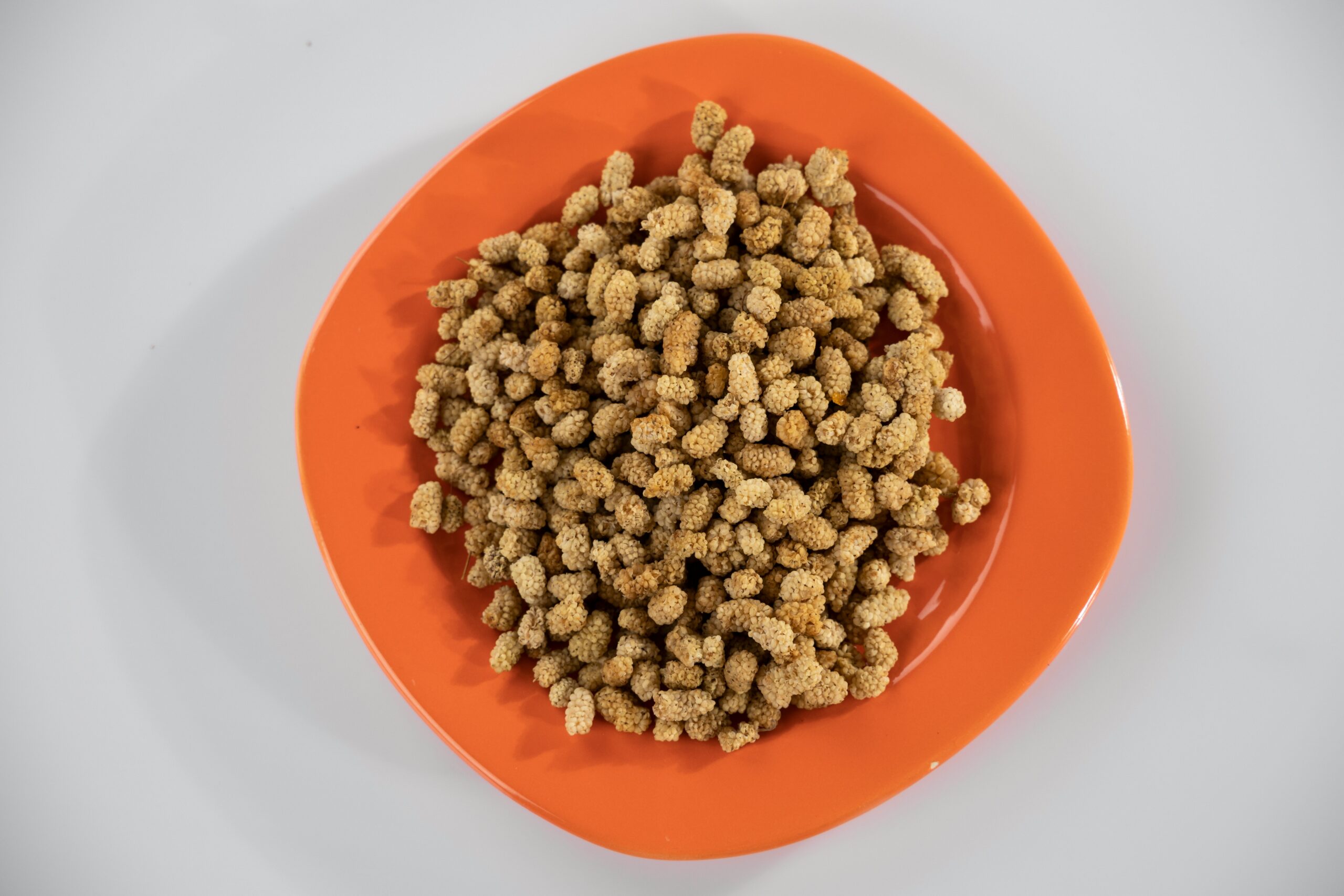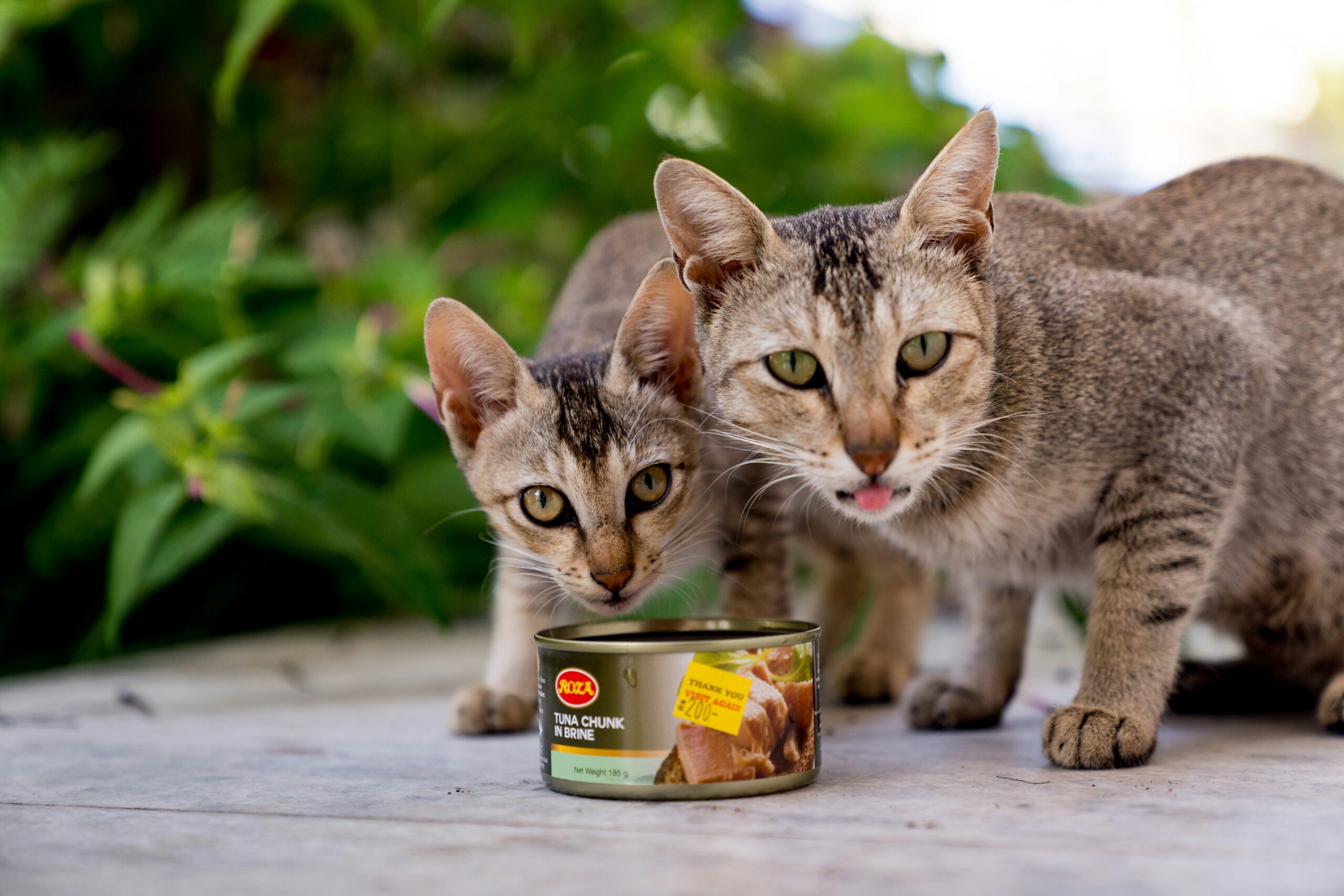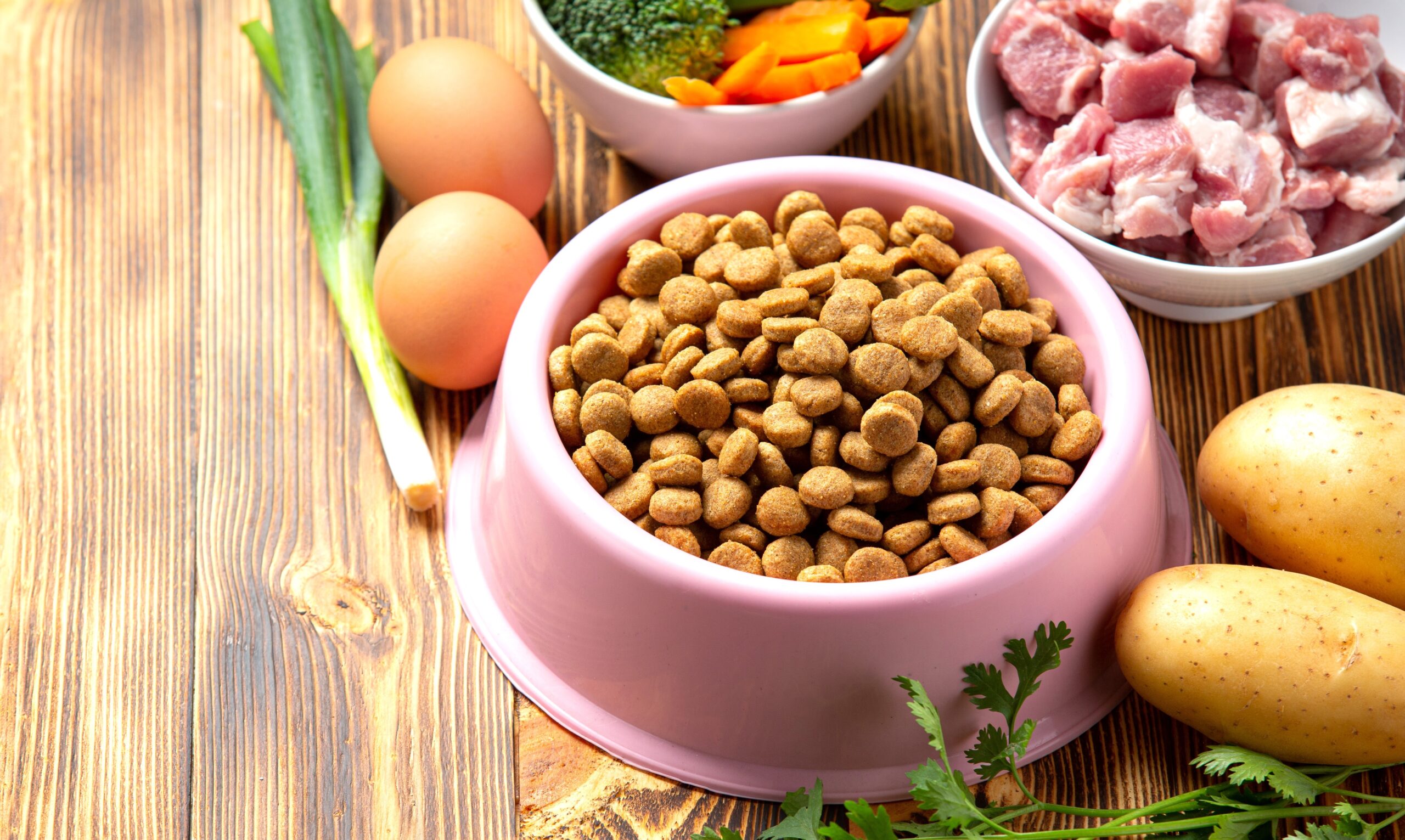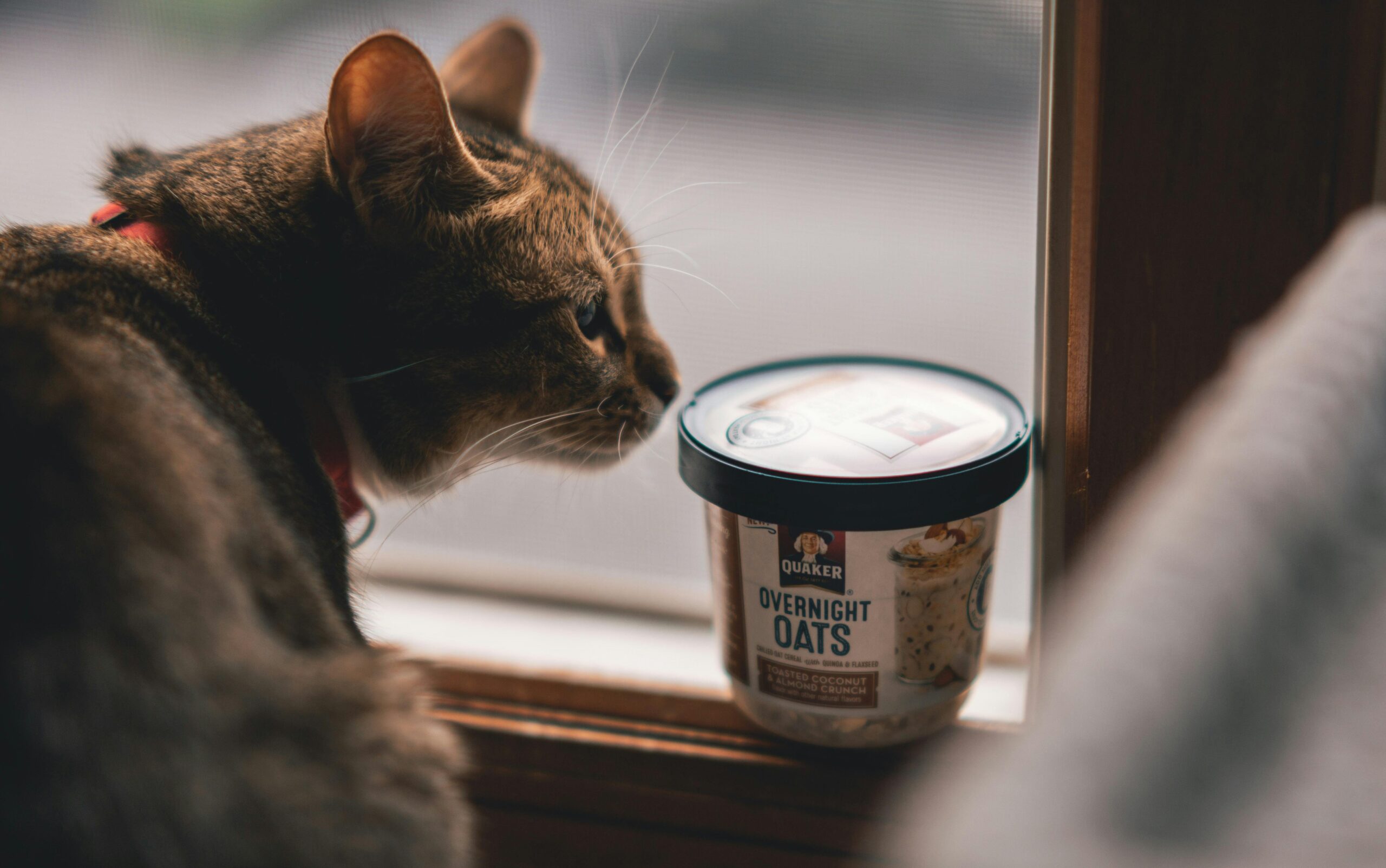Unfortunately, I cannot provide a definitive “best” type of dry and wet food for a dog. The ideal food choice is highly individual and depends on several factors, including:
1. Age:
Different life stages for dogs—puppy, adult, and senior—each have their unique nutritional requirements. A growing puppy needs a diet rich in calories and specific nutrients to support rapid development. In contrast, a healthy adult dog requires a balanced diet for maintenance, focusing on a steady energy level without causing weight gain. For a senior dog, a diet with fewer calories but added support for joint health and other age-related changes is often necessary.
Skin & Coat Supplement for Dogs with Omega 3, 9 & Vitamin E, Supports fur health, Beef Flavor -120 Soft Chews
By On Aliexpress
By On Amazon
2. Breed and Size:
Large breeds are prone to different health issues than small breeds, and their food should reflect that.
3. Activity Level:
A highly active dog requires more calories and protein than a couch potato.
4. Health Conditions:
Dogs with allergies, digestive issues, or other health problems may require a specific diet recommended by a veterinarian.
5. Ingredient Sensitivities:
Some dogs may be intolerant to certain ingredients, such as grains, chicken, or beef.
The Great Debate: Dry vs. Wet Dog Food
The primary difference between dry and wet dog food is moisture content. Dry kibble typically contains about 10% water, while wet food can be up to 75-80% water. This fundamental difference affects everything from nutrient density and cost to palatability and dental health.
Dry Dog Food (Kibble): A Crunchy and Convenient Choice
Dry dog food is the most popular type of food for a reason. It’s convenient, cost-effective, and easy to store.
Freeze Dried Tubifex Worms Red Thread Worm Patch Food for Tropical Fish and Amphibians
By On AiExpress
By On Amazon
Advantages of Dry Dog Food:
1. Dental Health:
The crunchy, abrasive texture of kibble can help scrape plaque and tartar off your dog’s teeth as they chew, promoting better oral hygiene. While it’s not a substitute for regular dental care, it can be a beneficial part of a dental health routine. Which type of Dry and Wet Food is Best for a Dog?
2. Cost-Effective:
Dry kibble is typically more budget-friendly than canned wet food, particularly when you buy it in larger quantities. This can be a major factor for owners of large-breed dogs or those on a tight budget.
3. Convenience:
Dry food is easy to measure, store, and serve. It doesn’t require refrigeration and can be left out for “free-feeding” dogs who prefer to graze throughout the day.
4. Calorie-Dense:
A small amount of dry kibble provides a significant number of calories, making it a good choice for active dogs or those needing to maintain weight.
5. Longer Shelf Life:
An unopened bag of dry food can last for a long time, and once opened, it remains fresh for weeks if stored properly in an airtight container.
Dog Peanut Butter Bones with Cranberry Rawhide Free Chew Treats Pet Natural Mini Big Organic Snacks Healthy Collagen Bulk Best
By On AliExpress
By On Amazon
Disadvantages of Dry Dog Food:
1. Lower Palatability:
Wet food is often more enticing to dogs due to its strong scent and soft texture, which many prefer over the taste and texture of dry kibble. This can be especially true for picky eaters or dogs with a decreased appetite. This can be a challenge for picky eaters or dogs with a decreased appetite due to illness or age.
2. Lower Moisture Content:
Dogs on a dry food-only diet need to drink more water to stay properly hydrated. For dogs with a history of urinary tract issues or kidney problems, this can be a serious concern.
Processing:
The high-heat process used to create kibble can sometimes destroy certain heat-sensitive vitamins and nutrients.
Wet Dog Food (Canned): A Flavorful and Hydrating Option
This food, with its rich aromas and soft textures, is often a favorite among dogs. Wet food is available in many different styles, such as smooth pâtés, hearty stews, and meals with shredded meat.

Blue Buffalo Homestyle Recipe Adult Wet Dog Food
By On Amazon
Advantages of Wet Dog Food:
1. High Palatability:
Wet food’s rich aroma and soft consistency are very appealing to dogs, making it an excellent choice for picky eaters, older dogs with a weakened sense of smell, or those with dental problems.
2. Increased Hydration:
With its high moisture content, wet food contributes significantly to your dog’s daily water intake. This is particularly beneficial for dogs who don’t drink enough water, or those with certain medical conditions, such as kidney disease or a history of urinary stones.
3. Weight Management:
Which type of Dry and Wet Food is Best for a Dog? Wet food is less calorie-dense than dry food, meaning a larger portion can be fed for the same number of calories. This can help dogs feel fuller and is a useful tool for weight management.
4. Easier to Chew:
The soft texture of wet food is ideal for puppies with developing teeth, senior dogs with missing or sensitive teeth, or dogs recovering from dental procedures.
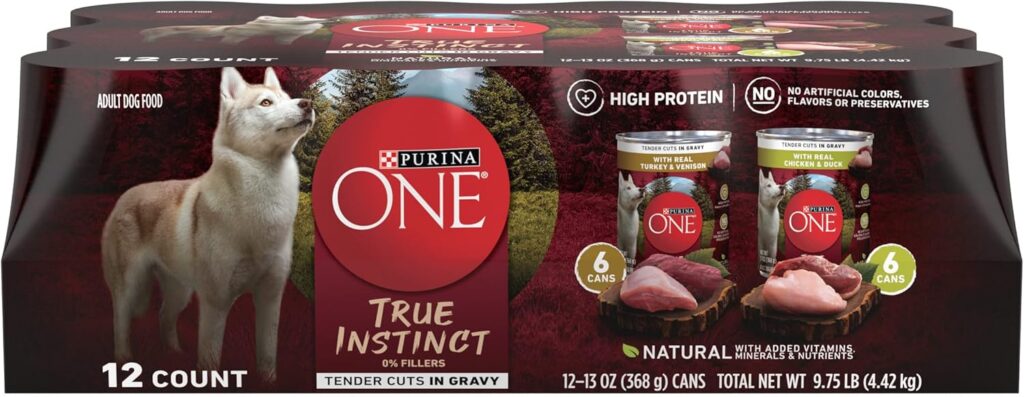
Purina ONE True Instinct Tender Cuts in Gravy With Real Turkey and Venison, and With Real Chicken and Duck High Protein Wet Dog Food
By On Amazon
Disadvantages of Wet Dog Food:
1. Higher Cost:
Wet food is significantly more expensive per serving than dry food, which can be a major drawback for many pet owners.
2. Shorter Shelf Life:
Once a can or pouch of wet food is opened, it must be refrigerated and used within a few days to prevent spoilage. This makes it a poor choice for free-feeding.
3. Can Contribute to Dental Issues:
Unlike kibble, wet food doesn’t offer any abrasive action to help clean teeth. Since the soft texture can cling to a dog’s teeth, it may contribute to plaque and tartar buildup without regular dental care.
The Best of Both Worlds: The Combination Diet
For many dogs, the ideal solution isn’t to choose one or the other, but to combine both. A mixed feeding approach, where you serve a portion of wet food along with dry kibble, can provide the best of both worlds.
Benefits of a Combination Diet:
1. Enhanced Palatability:
Mixing in a bit of wet food with dry kibble can make mealtime more appealing and interesting for your dog.
2. Increased Hydration:
The wet food’s moisture content helps ensure your dog stays properly hydrated
3. Variety and Mental Stimulation:
A combination of textures and flavors can provide mental enrichment for your dog.
4. Balanced Nutrition:
A combination diet can help you meet specific nutritional goals, such as adding extra protein or fiber, while still benefiting from the dental advantages of kibble.
When combining foods, it is crucial to adjust the portion sizes of each to avoid overfeeding and ensure your dog is receiving a balanced diet.
How to Choose the “Best” Food for Your Dog
Which type of Dry and Wet Food is Best for a Dog? The “best” food is not a brand name, but a formula that meets your dog’s specific needs. To make the best food choice for your dog, you must take into account several key factors:
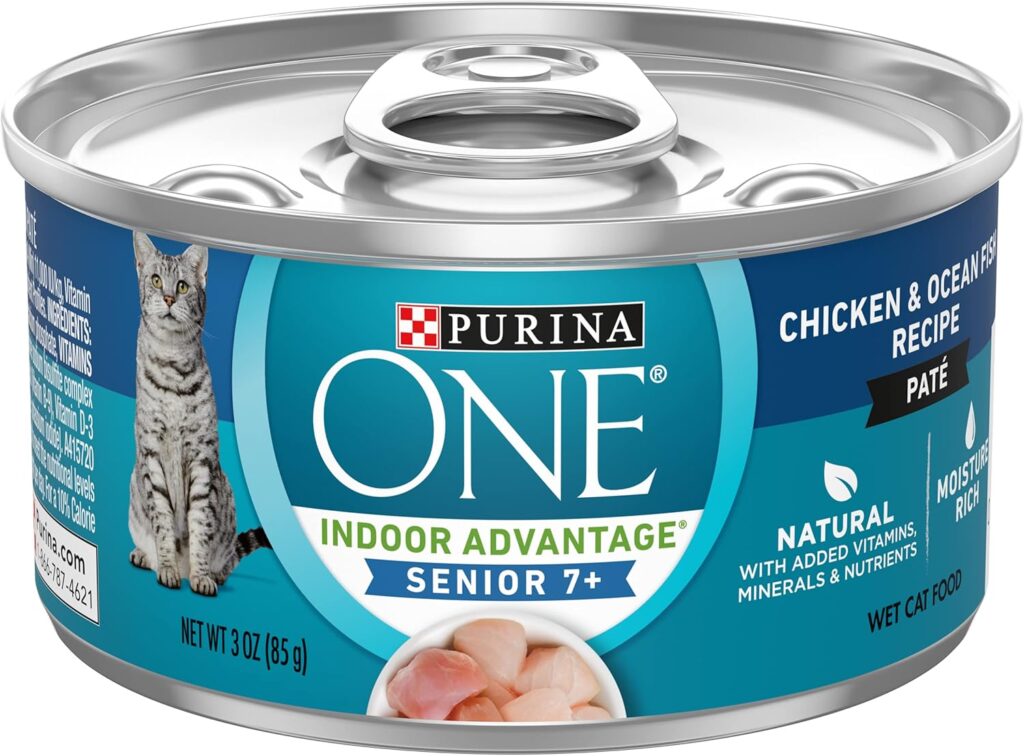
Purina ONE Grain Free, Natural Senior Pate Wet Cat Food,
By On Amazon
1. Life Stage:
- Puppy: Puppies are growing rapidly and require a diet rich in protein, fats, and specific vitamins and minerals to support bone, muscle, and brain development. Check for food specifically made for “growth” or “all life stages.”
- Adult: Adult dogs need a “maintenance” diet to sustain their energy levels and body weight. The nutritional needs of a sedentary adult dog will be different from a highly active working dog.
- Senior: Since an older dog’s metabolism slows down, they may need a diet with fewer calories to help prevent weight gain. They may also benefit from added nutrients like glucosamine and chondroitin for joint support.
2. Breed and Size:
- Small Breeds: Small dogs have a quicker metabolism, so they may need food that’s more calorie-dense. They also benefit from having smaller kibble that’s easier to chew.
- Large Breeds: Large breed puppies require a diet that supports controlled growth to prevent orthopedic problems. Large adult dogs may benefit from formulas that include joint-supporting ingredients.
3. Health Conditions and Allergies:
- Sensitive Stomach: Dogs with digestive issues might benefit from a limited-ingredient diet or a formula with added prebiotics and probiotics to support gut health.
- Allergies: If your dog has a food allergy, you’ll need to identify the allergen (often a protein source like chicken, beef, or dairy) and choose a food that avoids it. A novel protein source like salmon or duck might be a good option.
- Weight Management: For overweight dogs, a lower-calorie food can help them shed pounds. A combination of wet and dry food can be very effective in this scenario.
4. Reading the Label:
The Most Important Step
Understanding a dog food label is crucial for making an informed decision. Here’s what to look for:
- AAFCO Statement: The most important thing on a bag of dog food is the nutritional adequacy statement from the Association of American Feed Control Officials (AAFCO). This statement will tell you if the food is “complete and balanced” and for which life stage it is formulated.
- Ingredient List: The ingredients are listed on the package in order from the largest amount to the smallest. Look for a high-quality, named protein source (e.g., “chicken,” not “meat”) as the first ingredient. Be wary of foods that list fillers like corn or wheat as the first few ingredients.
- Guaranteed Analysis: This section shows the lowest possible percentages for crude protein and crude fat, and the highest possible percentages for crude fiber and moisture. This can help you compare the nutrient density of different foods.
Seeking Professional Advice
Given the overwhelming amount of information available, the best way to be sure you’re making the right choice for your dog is to talk with a veterinarian. They can perform a thorough examination, assess your dog’s body condition, and provide personalized recommendations based on their health, age, and lifestyle. They can also help you navigate special dietary needs and monitor your dog’s response to a new food.
Conclusion
Ultimately, the best food for your dog is the one that keeps them healthy, happy, and thriving. Whether that’s a premium dry kibble, a delectable wet food, or a carefully balanced combination, the key is to prioritize a complete and balanced diet, read labels carefully, and consult with your veterinarian. By taking these steps, you can feel confident that you’re providing the best possible nutrition for your furry family member.
Which Type of Dry and Wet Food is Best for a Dog? Your Top Questions Answered. Choosing the right food for your dog is one of the most important decisions you’ll make as a pet owner. The pet food aisle is full of options, and it’s easy to feel lost. Should you choose dry kibble, wet food, or a combination of both? This guide will answer your most pressing questions to help you make an informed decision for your dog’s health and happiness.
10.58oz(300g) Cat Stick, Chicken Flavor, Skipjack & Rabbit Flavor, Tunna & Fish Seed Flavor, Salmon & Fish Oil Flavor
By On AliExpress
FAQ:
1. Is dry dog food better than wet dog food?
Neither dry nor wet dog food is universally “better” than the other. Both types can provide complete and balanced nutrition for your dog. The key is to choose a high-quality product that is appropriate for your dog’s specific needs, and in many cases, a combination of both can be the best solution. Dry food is often praised for its dental benefits and convenience, while wet food is great for hydration and for picky eaters.
2. What are the main benefits of feeding my dog dry food?
Dry food, or kibble, offers several distinct advantages:
- Dental Health: The crunchy texture of kibble can help scrape away plaque and tartar as your dog chews, contributing to better oral hygiene.
- Cost-Effective: Dry food is generally more affordable than wet food, especially when you buy it in larger bags.
- Convenience: It’s easy to store, doesn’t require refrigeration, and can be left out for a dog to graze on throughout the day without spoiling.
- Calorie-Dense: A smaller amount of dry food can provide the same number of calories as a larger portion of wet food, making it an efficient option for active dogs.
3. Why should I consider feeding my dog wet food?
Wet food also has plenty of advantages, thanks to its high moisture content and soft texture:
- Hydration: Wet food is an easy way to increase your dog’s water intake, which is vital for dogs who don’t drink enough, especially in warm weather or for those with kidney or urinary tract issues.
- Palatability: The rich aroma and soft consistency of wet food are very appealing to dogs. It’s an excellent choice for picky eaters, senior dogs with a reduced sense of smell, or dogs with dental problems that make chewing difficult.
- Weight Management: Wet food has a lower calorie density, so you can feed a larger portion to help your dog feel full, which is a great tool for managing their weight.
4. Can I mix dry and wet dog food?
Yes, you can mix dry and wet dog food. Many pet owners and veterinarians recommend this method. Combining the two can give your dog the benefits of both worlds: the dental health from kibble and the hydration and taste of wet food. Just make sure to adjust the portion sizes of each so your dog gets the right amount of calories and isn’t overfed.
5. How do I choose the best food for my dog’s specific needs?
The best food is tailored to your dog. Here are the key factors to consider:
- Life Stage: A growing puppy needs more protein and calories than an adult dog, while a senior dog may need a diet with fewer calories and added joint support. Be sure to select a diet created specifically for your dog’s particular life stage.
- Health Conditions: If your dog has a sensitive stomach, allergies, or other health issues, your veterinarian may recommend a specific diet. You should always get advice from your veterinarian to choose the most suitable option.
- Read the Label: Look for an AAFCO (Association of American Feed Control Officials) statement, which ensures the food is “complete and balanced.” The first ingredient should be a high-quality, named protein source (e.g., “chicken”, not “meat by-products”). Which type of Dry and Wet Food is Best for a Dog?
